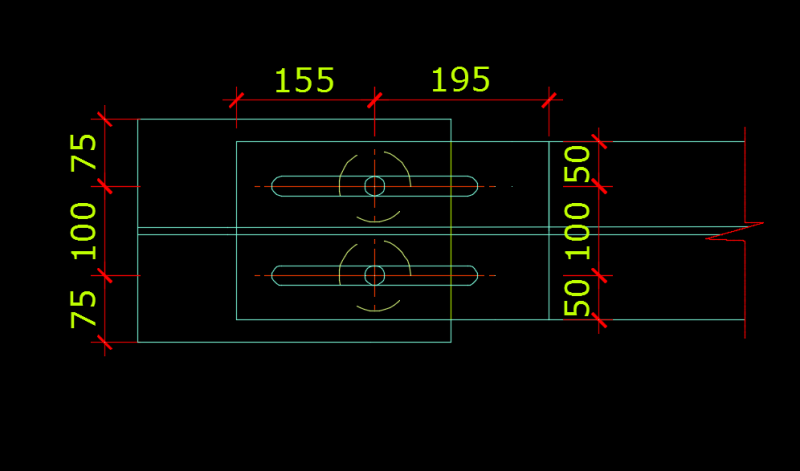Yazan Atoum
Structural
Hello Engs.
I have a connecction between two steel beams, one resting on another, it's bridging between two buildings so movement in 2 direction have to be considered.
I had come to this detail where the bottom flange has a long slotted hole while the top flange of the other beam has oversized hole. my concern is is it possible to install this bolt between two slotted holes and to fix it in a way to allow movement of the flanges properly without causing any problem.



I have a connecction between two steel beams, one resting on another, it's bridging between two buildings so movement in 2 direction have to be considered.
I had come to this detail where the bottom flange has a long slotted hole while the top flange of the other beam has oversized hole. my concern is is it possible to install this bolt between two slotted holes and to fix it in a way to allow movement of the flanges properly without causing any problem.


